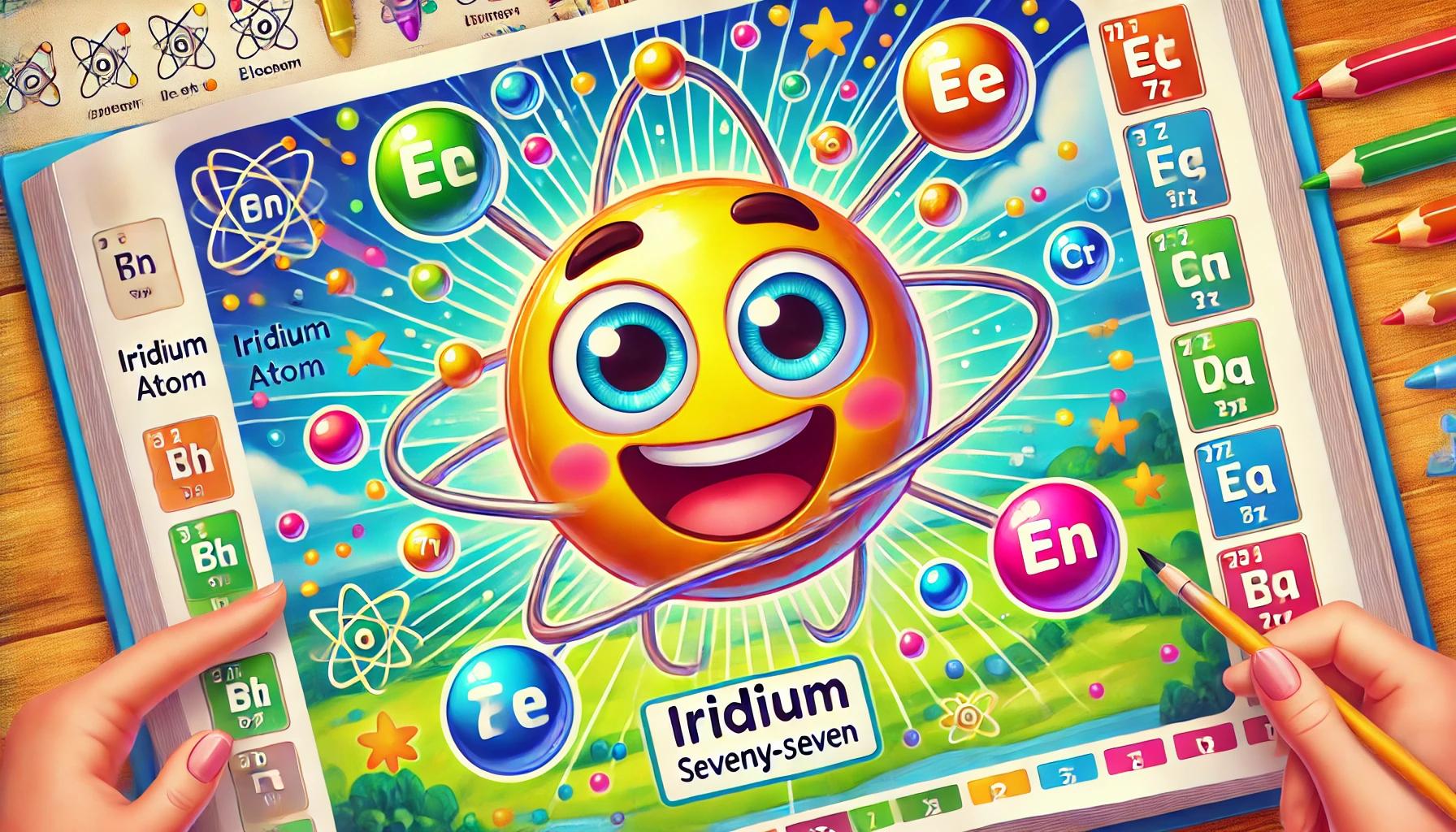Understanding Iridium: Properties, Uses, Health Risks, and Fascinating Facts
Understanding Iridium: Properties, Uses, Health Risks, and Fascinating Facts
Table of Contents
- Introduction to Iridium
- Properties of Iridium
- Uses of Iridium
- Health Risks of Iridium Exposure
- Interesting Facts about Iridium
- Environmental Impact of Iridium
- Conclusion
- References
Understanding Iridium: Properties, Uses, Health Risks, and Fascinating Facts
Introduction to Iridium Iridium is a chemical element with the symbol Ir and atomic number 77. It is one of the densest and most corrosion-resistant elements known, making it highly valuable for various industrial and technological applications. This article explores the properties, uses, health risks, and interesting facts associated with iridium, providing a comprehensive understanding of this remarkable metal.
Properties of Iridium Iridium is characterized by several distinct physical and chemical properties.
Physical Properties
- Appearance: Iridium is a dense, silvery-white metal with a slight yellowish tint.
- Density: The density of iridium is 22.56 g/cm³, making it one of the densest elements.
- Melting Point: Iridium has a high melting point of 2,466°C (4,471°F).
- Boiling Point: The boiling point of iridium is 4,428°C (8,002°F).
Chemical Properties
- Reactivity: Iridium is highly resistant to corrosion and oxidation, even at high temperatures. It is the most corrosion-resistant metal.
- Compounds: Iridium forms various compounds, such as iridium dioxide (IrO₂), iridium tetrachloride (IrCl₄), and ammonium hexachloroiridate ((NH₄)₂[IrCl₆]).
Uses of Iridium Iridium has numerous applications across different industries due to its unique properties.
Catalysts
- Chemical Catalysts: Iridium compounds are used as catalysts in various chemical reactions, including the production of acetic acid and the hydrogenation of organic compounds.
- Petrochemical Industry: Iridium is used in catalysts for the reforming of hydrocarbons in the petrochemical industry.
Electronics and Electrical
- Spark Plugs: Iridium is used in high-performance spark plugs due to its high melting point and excellent conductivity.
- Electrical Contacts: Iridium is used in electrical contacts and electrodes that must withstand high temperatures and corrosive environments.
Medical Applications
- Radiotherapy: Iridium-192, a radioactive isotope, is used in brachytherapy for the treatment of cancer. It delivers targeted radiation to tumors.
- Medical Devices: Iridium is used in certain medical devices and implants due to its biocompatibility and corrosion resistance.
Other Applications
- Jewelry: Iridium is used in jewelry, often alloyed with platinum, to enhance durability and corrosion resistance.
- Aerospace: Iridium is used in the aerospace industry for applications that require materials to withstand extreme temperatures and corrosive environments, such as rocket engines and spacecraft.
Health Risks of Iridium Exposure While iridium is generally considered to have low toxicity, exposure to iridium compounds and dust can pose health risks.
Inhalation and Ingestion
- Respiratory Issues: Inhalation of iridium dust or fumes can cause respiratory irritation, coughing, and shortness of breath.
- Gastrointestinal Issues: Ingestion of iridium compounds can cause gastrointestinal distress, including nausea, vomiting, and abdominal pain.
Skin and Eye Contact
- Skin Irritation: Direct contact with iridium compounds can cause skin irritation and dermatitis.
- Eye Irritation: Exposure to iridium dust or solutions can cause eye irritation and potential damage.
Chronic Exposure
- Organ Effects: Prolonged exposure to high levels of iridium compounds may affect the liver, kidneys, and other organs.
Interesting Facts about Iridium Iridium has several intriguing aspects that make it an interesting element.
Discovery
- Discovered in 1803: Iridium was discovered by English chemist Smithson Tennant in 1803. It was named after the Greek goddess Iris, due to the various colors of its compounds.
Unique Properties
- Density: Iridium is one of the densest elements, contributing to its use in high-density applications.
- Corrosion Resistance: Iridium is the most corrosion-resistant metal, making it invaluable for applications requiring long-term durability in harsh environments.
Isotopes
- Stable Isotopes: Iridium has two naturally occurring stable isotopes, iridium-191 and iridium-193.
- Radioactive Isotopes: Iridium-192 is a notable radioactive isotope used in medical treatments and industrial radiography.
Environmental Impact of Iridium Iridium is not known to have significant environmental impacts, but its extraction and use should still be managed responsibly.
Natural Occurrence
- Abundance: Iridium is one of the rarest elements in the Earth’s crust and is typically found in ores with other platinum group metals.
- Mining: Extraction of iridium is often done as a byproduct of mining for other platinum group metals, and must be done carefully to avoid environmental contamination.
Industrial Waste
- Waste Management: Proper disposal of iridium-containing industrial waste is crucial to prevent environmental contamination.
Conclusion Understanding iridium, its properties, uses, health risks, and interesting facts provides valuable insight into this remarkable metal. While iridium has several important applications, particularly in catalysis, electronics, and medicine, appropriate safety measures should be taken when handling iridium compounds. Its applications in aerospace, jewelry, and high-performance equipment highlight its importance in modern technology and industry.

<ⓒ WizardMedics (wizardmedics.com)>


